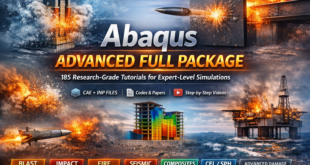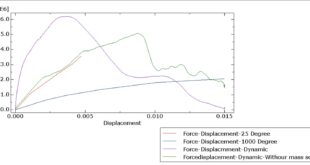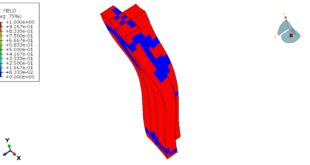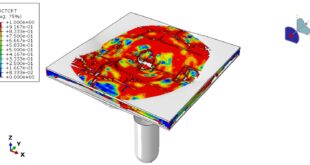In this tutorial, the Simulation flexural behavior of reinforced concrete beams strengthened with ultra-high performance concrete in Abaqus has been done. Strengthening of concrete structure has become very important not only for deteriorating concrete structures, but also for strengthening new concrete structural members so that they perform much better under service. Strengthening of concrete structures finds more applications, particularly in important structures such as power stations, nuclear plants, and marine structures, etc., which are economically and technically unfeasible for demolition except if the rehabilitation and strengthening techniques have failed to secure the needed performance. A more recent material developed and used for both repair and strengthening of RC structures is the ultra-high performance concrete (UHPFRC). The concrete beam and UHPC cover are modeled as three-dimensional solid parts. The bars and strips are modeled as three -dimensional wire parts. You can see figures of the assembled parts below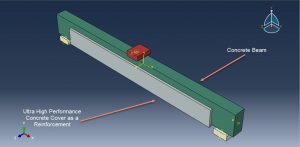
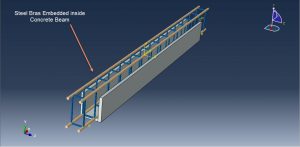
The Concrete Damaged Plasticity model is used for the concrete beam. The model is a continuum, plasticity-based, damage model for concrete. It assumes that the main two failure mechanisms are tensile cracking and compressive crushing of the concrete material. The steel material with elastic-plastic behavior is selected for the strips and bars. The CDP plasticity model is implied for the UHPC cover and its data are extracted from the reference paper. The general static step with some changes in the convergence model is used. The surface to surface contact with friction as a contact property between the concrete beam and rigid bodies is used. The bars and strips are embedded inside the concrete host. The fixed boundary condition is used for the two bottom rigid bodies and displacement for the top rigid body with a smooth amplitude. The mesh should be fine to obtain the correct results
After the simulation all results such as stress, strain, tensile and compression damage, displacement, ….are achievable. You can see some figures for the results below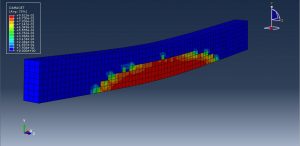
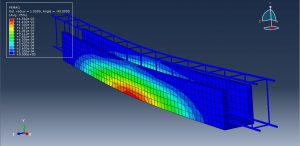
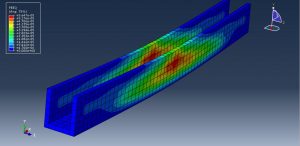
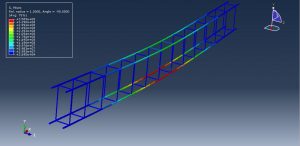
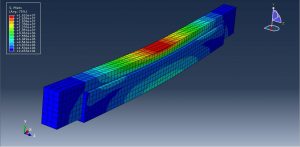
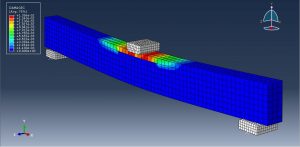
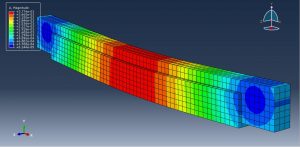
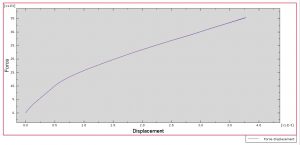
You can provide CAE ,INP,and English video files of this simulation here. The cost of these files is Twenty-Six Euros. you can click on the bellow bottom to beginning process
You can purchase the tutorial through a PayPal account, a Visa, or a Master card, just before payment,send me an email to this address: karampourp@gmail.com
 Abaqus tutorials Abaqus tutorials
Abaqus tutorials Abaqus tutorials
